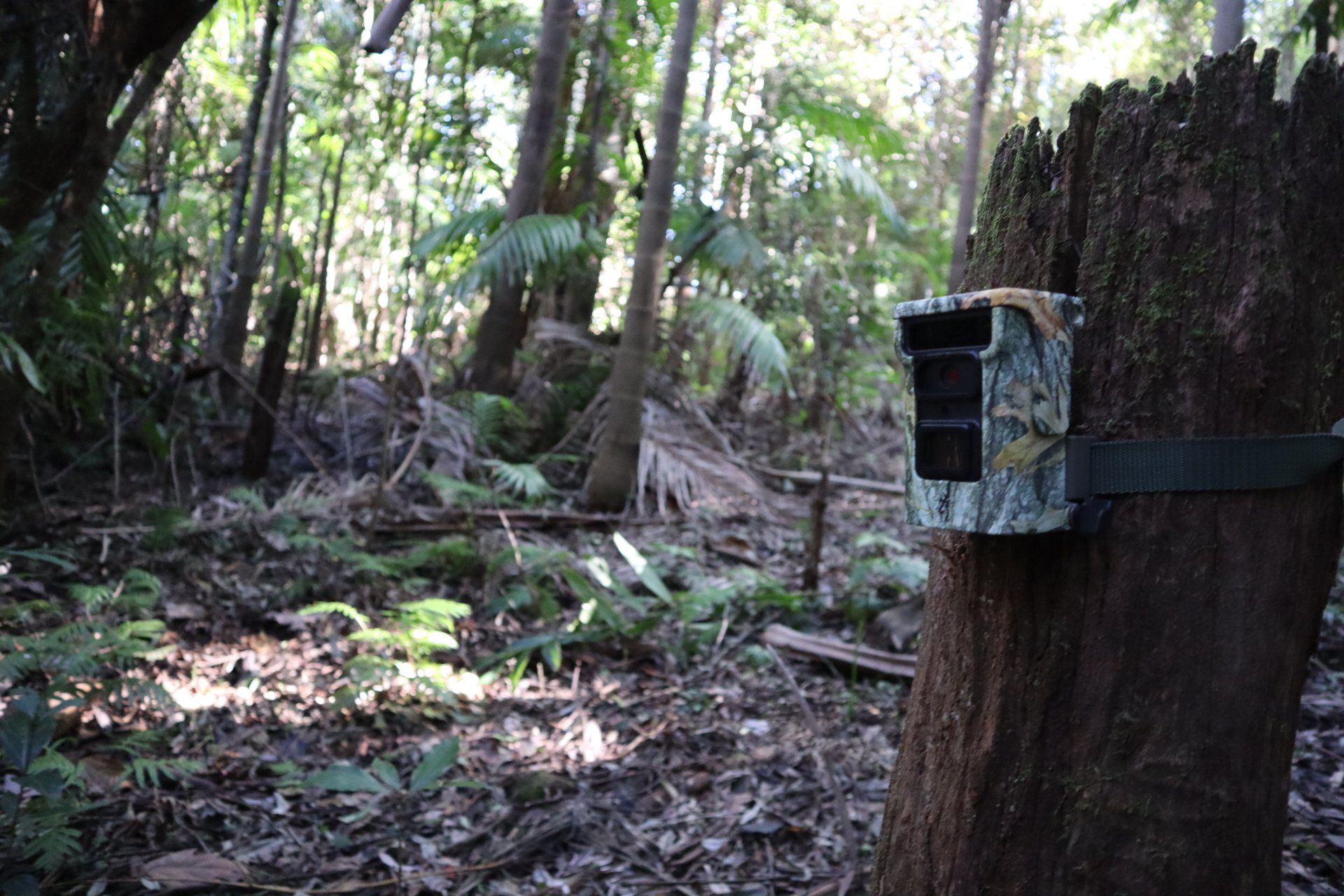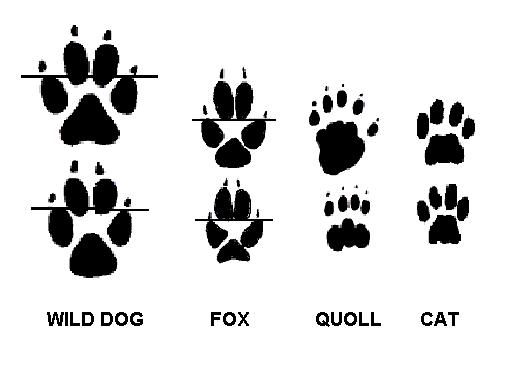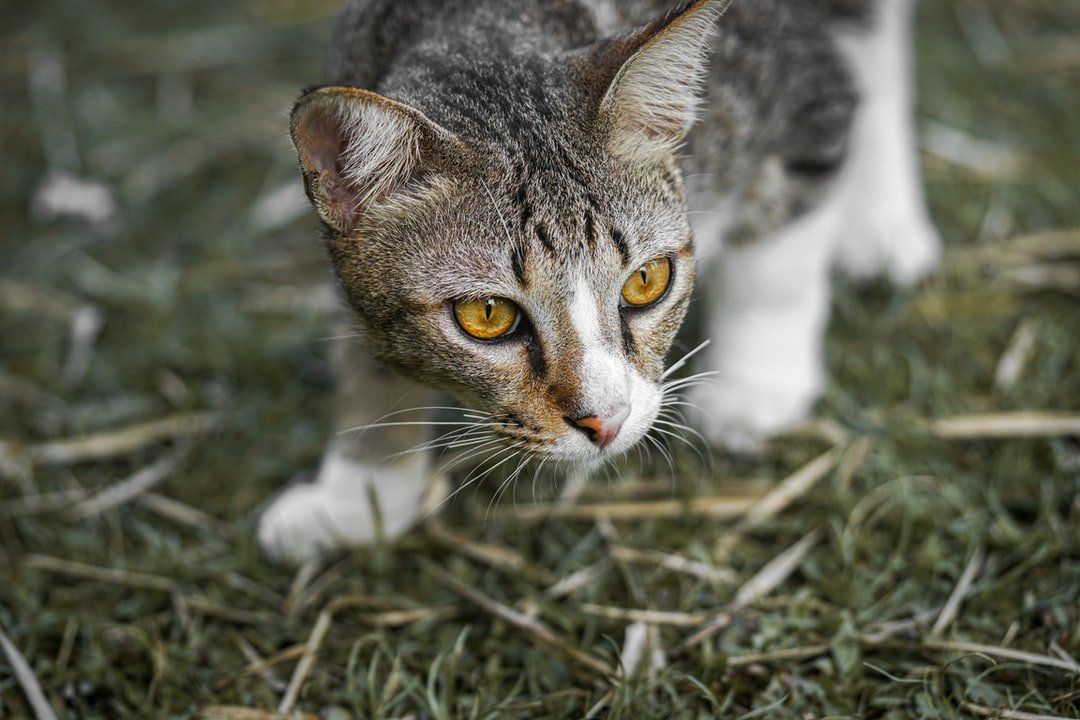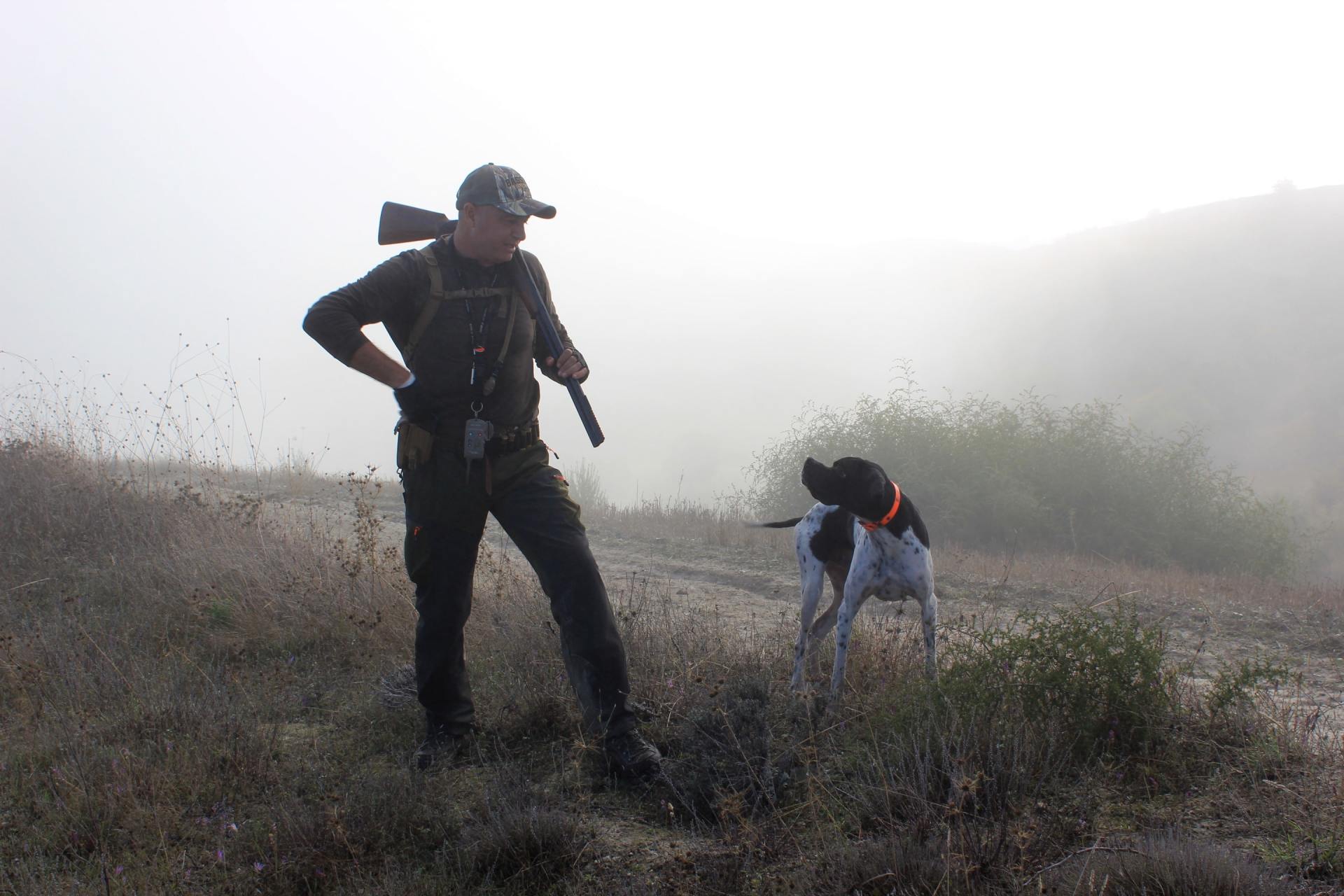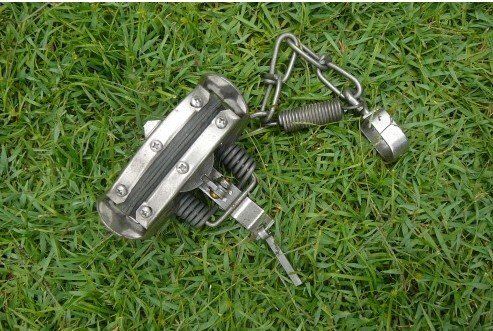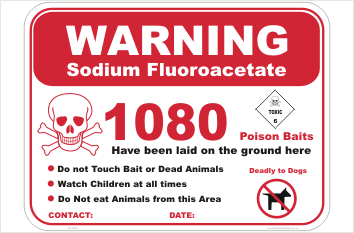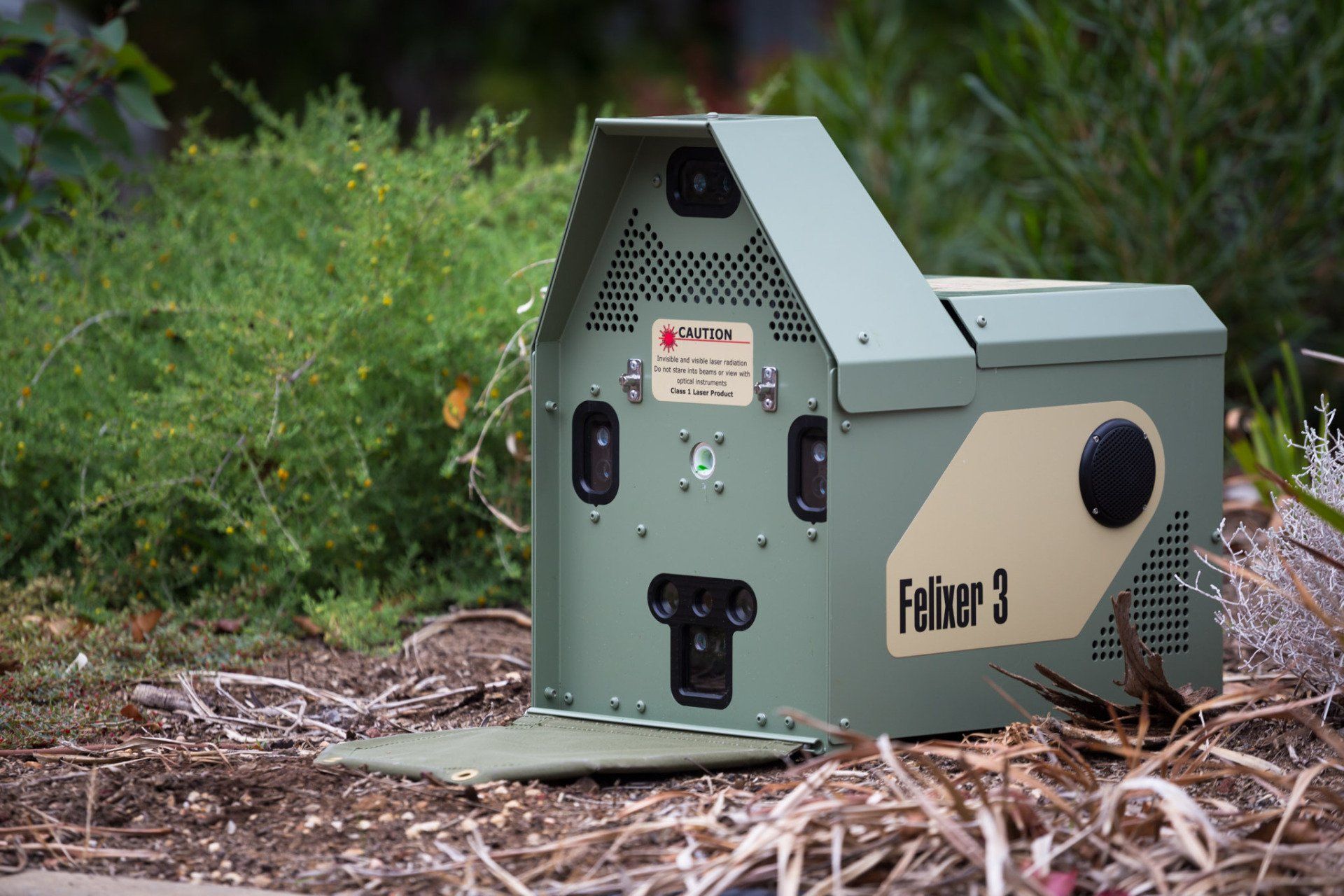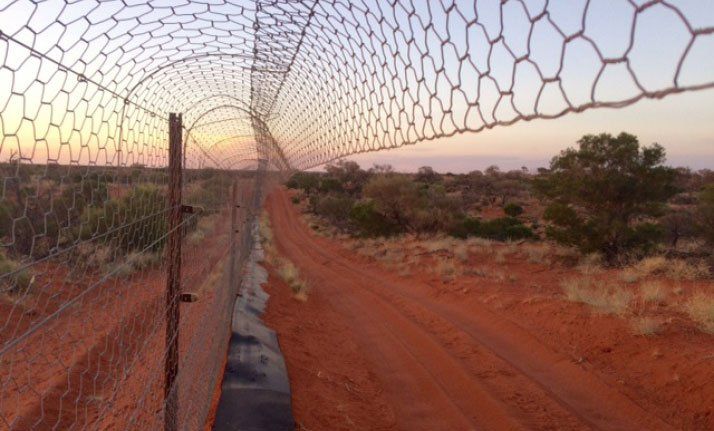Cats
Cats occupy approximately 99% of Australia and threaten the survival of many Australian species, removing them at a landscape scale is the only way to manage populations.
Lets find out how...
The Issue
The Challenge
The Response
Wildlife Cameras
Although cats utilise tracks like foxes and dogs, they're also captured in most areas of forest. Setting up cameras on a track is a good place to start how ever if you haven't captured any cats, don't be fooled as they're very smart animals. Even the sense of something new, such as a camera, may deter the cat to take an alternate route. Be patient. If you have the resources setting up multiple cameras every 500m along the track will give you a great indication of where they're hunting.
Sand Trapping
Spreading sand over a track or road from one side to the other approx 1m wide and 3-5cm thick is a tool for monitoring cats through their paw print. Checking it every couple of days will give you a great indication of who is moving through the property. If you have the resources, setting up multiple traps every 500m could be an indication for there whereabouts or population numbers.
Examine dead animal carcasses
What dead carcasses are found? Cats generally attack birds leaving the wings and sometimes the feet and head and feathers. Small mammalian and reptilian prey are consumed whole but in some cases a tail such as those of a glider is left. Cats hide when eating their prey making it difficult to identify the severity of the problem.
Spotlighting
Spotlighting transects are carried out on foot or vehicle. However, factors
that may affect the results include weather, time and season of the survey, the complexity or structure of the surrounding habitat, and
variations in the behaviour and population structure of the target species. Therefore, obtaining a reliable estimate of the relative abundance of cats from spotlighting has been proven difficult.
The Options
Shooting
If carried out correctly, shooting can be a humane way to eradicate cats. It is usually done at night or when the cameras pick up movement most frequently and with the aid of a spotlight. It does not offer long-term or broad scale reductions so is best included as part of an integrated approach using a combination of methods such as trapping. Success will also depend on the shooters marksmanship. If a lactating cat has been killed, reasonable efforts to locate the kittens and kill them should be done so.
Trapping
Trapping is useful in urban areas but could be considered too labour intensive on a broader scale. Steel jaw leg-hold traps are prohibited in Australia but the modified soft-jaw traps are allowed in some states. Cage traps are preferred as they cause fewer off-target injuries and are allowed in urban areas where shooting and poisoning is not. Cats can be harder to trap due to their keen sense of smell and increased wariness. In NSW, if a cat is trapped but suspected to be an owned cat it must be taken to the nearest pound and not be released.
Poisening
Lethal baiting of feral cats appears to be relatively ineffective. Cats generally have very large home ranges and will often rather feed on fresh prey instead of baits in the form of dried meat for example. In NSW, baits can be purchased from licensed operators after completing the 'Vertebrate Pesticide Induction Training' online through LLS. Popular techniques include buried baits and ejectors set up along tracks 200−500 m apart and 8−10 cm underground. For maximum success, baiting should be done twice a year with one round coinciding with Spring.
Felixer by Thylation
Felixers are currently still being tested in NSW but look to be released in 2021. They use rangefinder sensors to distinguish target cats and foxes from non-target wildlife and humans etc and spray targets with a measured dose of toxic gel (1080). The solar-powered Felixer which can hold 20 sealed cartridges of toxic gel automatically resets after firing. Felixers photograph all animals detected (including non-targets that are not fired upon) and can be programmed to play a variety of audio lures to attract feral cats and foxes.
Fencing
Cat exclusion fencing is a non-lethal method used to exclude cats from protected areas. The method can be effective, however it is not absolute and can be very timely and expensive. There are a range of fence designs dependent to the species being protected or excluded, environment, budget, resources and maintenance requirements. Cats can climb and if breached it can pose a huge threat to the species being protected as they cannot escape. So the structure of your fence must be carefully thought out with regular monitoring to ensure it is securely maintained
For more information on eradicating cats read the

